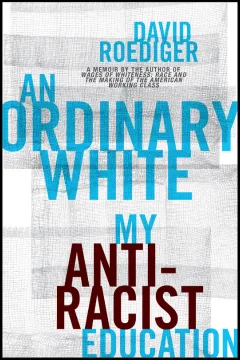Hitler and His Enemies
Hitler and His Enemies
One can approach the phenomenon of fascism from various angles. The first analyses, mostly by Communist writers, explained it simply as the dictatorship of monopoly capital (a thesis that still lingers in Franz Neumann’s Behemoth, 1941, and Ignazio Silone’s School for Dictators, 1937). One could look at it as a European disease of the twentieth century (see Hannah Arendt’s Origins of Totalitarianism and Ernst Nolte’s Three Faces of Fascism), or as a special form of populism, a potential degeneration inherent in all democracies (J. L. Talmon in Totalitarian Democracy). One could treat it as a breakdown of reason under the conditions of monopolism (as in Georg Lukacs’s Destruction of Reason, unfortunately not available in English) or as a breakdown of nerve (as does Erich Fromm’s Escape from Freedom). Finally, one could treat it as a specifically German aberration, as George Mosse does in The Crisis of the German Ideology (and William Shirer in a bestseller only to be mentioned at a certain distance from this distinguished company).
Karl Dietrich Bracher, of Bonn University, whose earlier works deal with the Weimar Republic, has written a profound study that rejects and combines all these partial views and sees Fascism and Nazism as revolutionary m...
Subscribe now to read the full article
Online OnlyFor just $19.95 a year, get access to new issues and decades' worth of archives on our site.
|
Print + OnlineFor $35 a year, get new issues delivered to your door and access to our full online archives.
|





